Federica de Cesco (2008)
Género : Documental
Tiempo de ejecución : 1H 35M
Director : Nino Jacusso
Sinopsis
documentary about writer Federica de Cesco
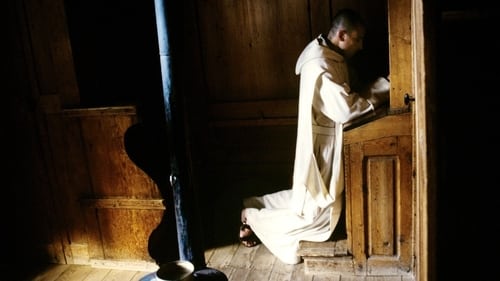
En 1984 el director alemán Phillip Gröning pidió permiso a la Orden de los Cartujos para rodar una película en el interior de uno de sus monasterios. Le dijeron que era demasiado pronto. Quizás más adelante. Dieciséis años después recibió una llamada. Había llegado la hora... Los preparativos llevaron dos años, el rodaje uno y la postproducción dos más. Han transcurrido, por tanto, veintiún años hasta su completa finalización. El Gran Silencio muestra por primera vez el día a día dentro del "Grande Chartreuse", el monasterio de referencia en los Alpes franceses de la legendaria Orden de los Cartujos.
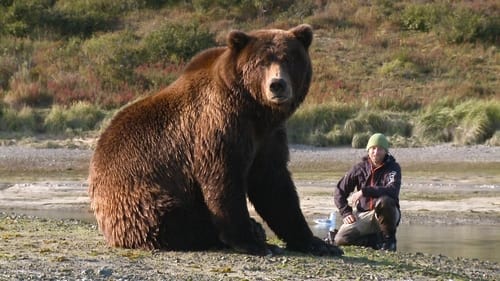
At the far end of the Alaskan peninsula, for filmmaker Roman Droux a childhood dream comes true. He discovers together with the bear researcher David Bittner the universe of wild grizzlies. The two adventurists face bears at smelling-distance, experience the struggle for survival of a bear family and witness dramatic fighting scenes. Driven by a desire to explore the unknown the film tells a personal story of wilderness, framed in breathtaking pictures of unique creatures.
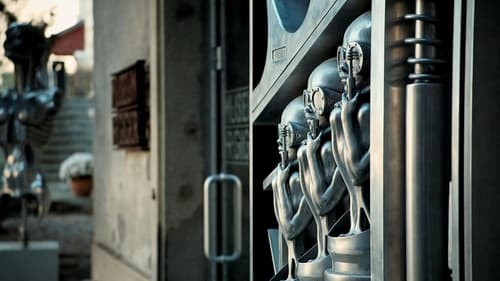
Un relato de la vida y la obra del pintor, escultor, arquitecto y diseñador suizo H. R. Giger (1940-2014), padre atormentado de criaturas tan temibles como fascinantes, habitantes de mundos biomecánicos de pesadilla.

A documentary. David Sieveking takes the advice of his idol, David Lynch and tries out Maharishi Mahesh Yogi's transcendental meditation technique.
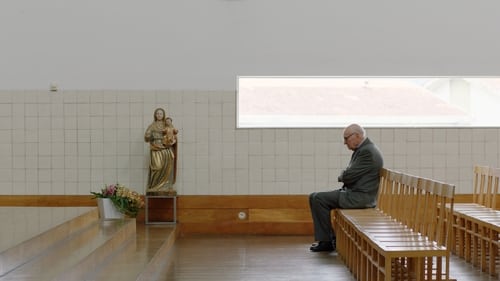
How can structures, which take up defined, rigid portions of space, make us feel transcendence? How can chapels turn into places of introspection? How can walls grant boundless freedom? Driven by intense childhood impressions, director Christoph Schaub visits extraordinary churches, both ancient and futuristic, and discovers works of art that take him up to the skies and all the way down to the bottom of the ocean. With the help of architects Peter Zumthor, Peter Märkli, and Álvaro Siza Vieira, artists James Turrell and Cristina Iglesias, and drummer Sergé “Jojo” Mayer, he tries to make sense of the world and decipher our spiritual experiences using the seemingly abstract concepts of light, time, rhythm, sound, and shape. The superb cinematography turns this contemplative search into a multi-sensory experience.
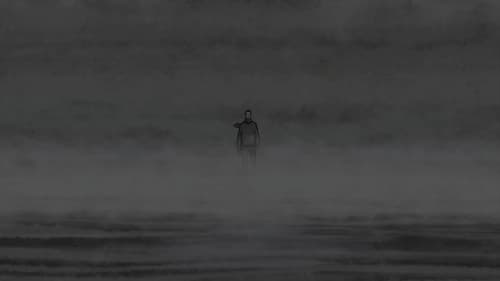
Croacia, 7 de enero de 1992: En plena guerra, se descubre el cuerpo de un joven periodista vestido con el uniforme de un grupo mercenario internacional. Veinte años después, su prima Anja Kofmel investiga su historia
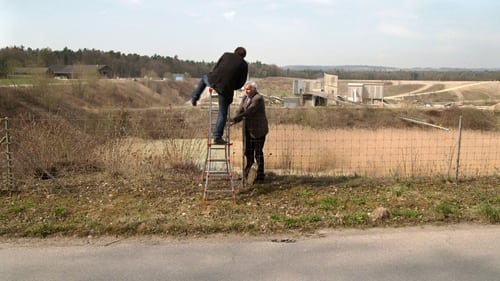
Más de 350,000 toneladas de desechos altamente radiactivos y barras de combustible gastado están en almacenamiento temporal en complejos de energía nuclear y en sitios intermedios de almacenamiento en todo el mundo. Más de 10,000 toneladas adicionales se unen a ellos cada año. Es el residuo más peligroso que el hombre haya producido jamás. Residuos que requieren almacenamiento en un repositorio final seguro durante cientos de miles de años. Fuera del alcance de la humanidad y otras criaturas vivientes. La pregunta es, ¿dónde? Junto con el físico nuclear suizo-británico Charles McCombie, que ha estado buscando un sitio de almacenamiento final seguro para desechos nucleares altamente radiactivos durante treinta y cinco años, el director Edgar Hagen investiga las limitaciones y contradicciones involucradas en este proyecto de importancia global. Los partidarios y opositores de la energía nuclear luchan por soluciones mientras que las visiones de mundo dogmáticas son atacadas por la duda
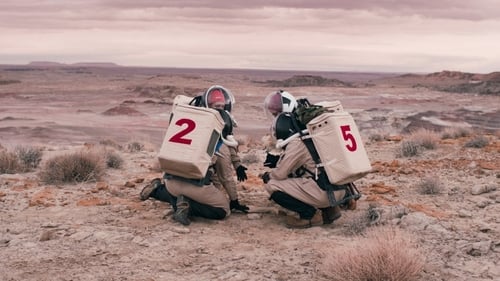
Above and Below is a rough and rhythmic roller coaster ride seating five survivors in their daily hustle through an apocalyptic world. A journey of challenges and beauty in uncomfortable places: Rick & Cindy, Godfather Lalo in the flood channels deep down under the shiny strip of Sin City. Dave in the dry and lonesome Californian desert and April in simulation for a Mars mission in the Utah desert. Through the hustle, the pain and the laughs, we are whisked away to an unfamiliar world, yet quickly discover the souls we encounter are perhaps not that different from our own.
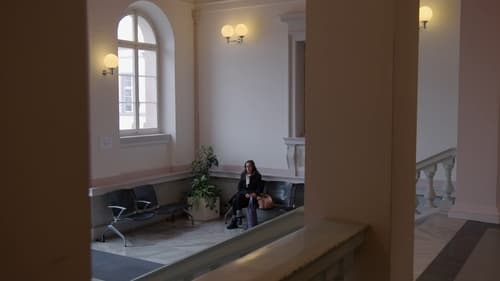
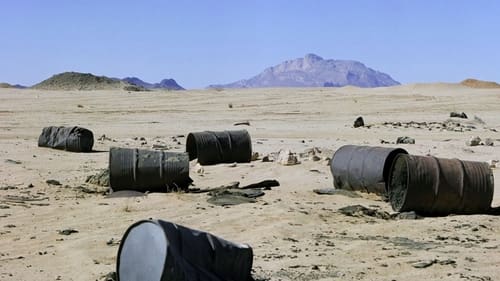
More than fifty years after the end of the war, a filmmaker and a photographer, coming from the two camps of conflict and children heirs of Franco-Algerian colonial history, took us back in 1962 to the Algerian Sahara. From a desert zone irradiated to the suburbs of Algiers, they follow the course of an experimental nuclear explosion. From the trial to the accident, from the environmental impact to the "recycling" of the places of the past ... The starting point is historical but the story told catches up with us in the present and comes to seek us where we are - at home - for a face to face with fallout without borders.

The Internet has changed everything, also for journalism: business models are falling by the wayside, news is available for free, anywhere and at any time.

A documentary film about Tibetan traditional medicine.

Between 1947 and 1951, more than 80 000 Greek men, women and children were deported to the isle of Makronissos (Greece) in reeducation camps created to ‘fight the spread of Communism’. Among those exiles were a number of writers and poets, including Yannis Ritsos and Tassos Livaditis. Despite the deprivation and torture, they managed to write poems which describe the struggle for survival in this world of internment. These texts, some of them buried in the camps, were later found. «Like Lions of stone at the gateway of night» blends these poetic writings with the reeducation propaganda speeches constantly piped through the camps’ loudspeakers. Long tracking shots take us on a trance-like journey through the camp ruins, interrupted along the way by segments from photographic archives. A cinematic essay, which revives the memory of forgotten ruins and a battle lost.
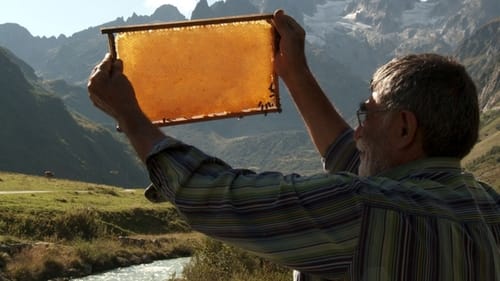
A documentary about Ibrahim Gezer, who escaped from war in Kurdistan to Switzerland. All is lost, except his love for beekeeping.

What Swiss director Stefan Schweitert did for accordion music and for yodeling (Accordion Tribe, Cinequest, 2005; Echoes of Home, Cinequest 2008) he now does for traditional Balkan music. This wonderful film is also a love story – and a door into a world of musical wonders.
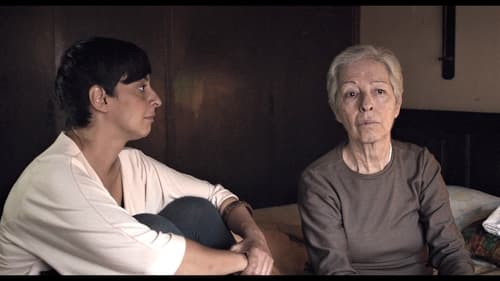
Arami Ullón must return to Paraguay to make an important decision: what will happen to her sick mother, Mirna? The heartfelt gaze of the camera reveals a relationship filled with love, but also unspoken and unresolved issues. A sensitive film which examines the inner turmoil of the daughter during the final stages of her mother’s degenerative illness.

Nadie sabe cuándo llegará el día o la hora. Ante una enfermedad, acompañada por el dolor y el deterioro físico, debemos hacer frente a la muerte. La perspectiva de lo que queda de vida es deprimente y angustiosa. ¿Qué se puede hacer para librar de esta agonía uno mismo y a la familia más cercana? Suiza es el único país del mundo donde hay asociaciones, por ejemplo EXIT, que, dentro de la legalidad, proporcionan ayuda para el suicidio a personas al final de la vida. Hace más de 20 años que los voluntarios acompañan a personas enfermas y con discapacidades hacia la muerte que han elegido, que perciben como más digna.
En el documental, estos acompañantes y las personas a las que ayudan hacen frente a la muerte cara a cara, no como si fuera un tabú o un final inaceptable, sino como una liberación. En una sociedad en la que se tiene a controlarlo todo, nos hacen pensar en esta pregunta íntima y esencial: ¿no es la elección de nuestra muerte la máxima expresión de libertad?














